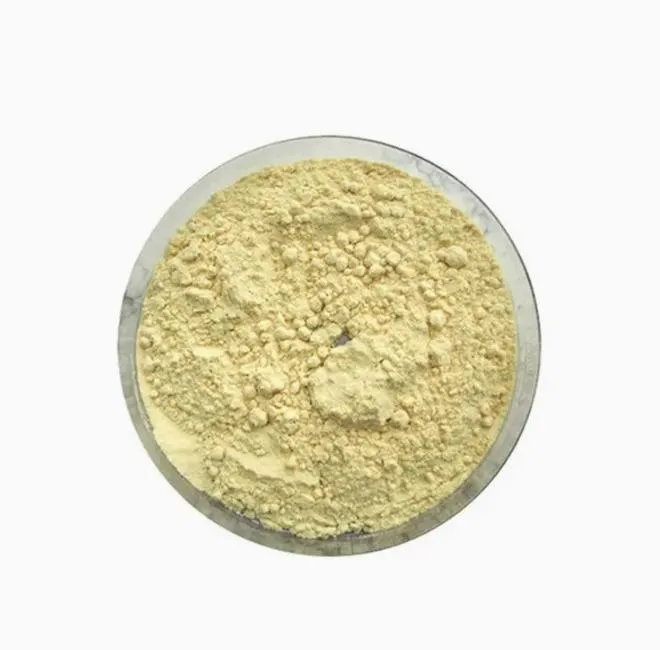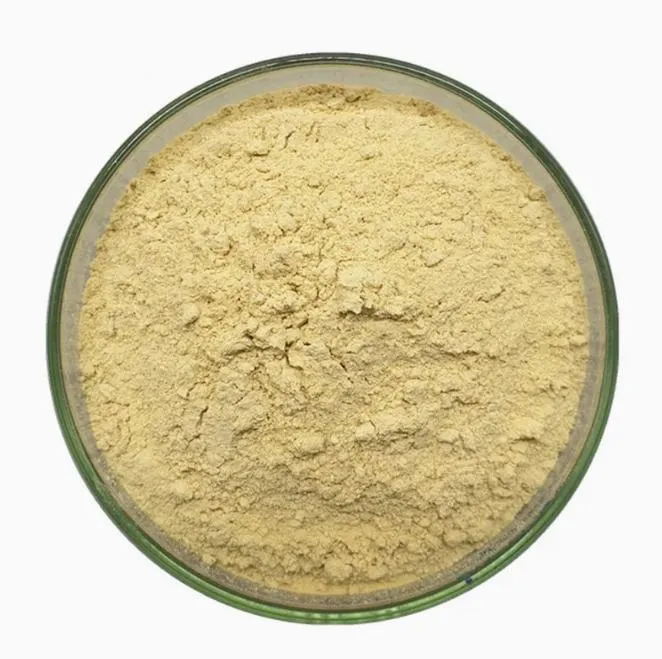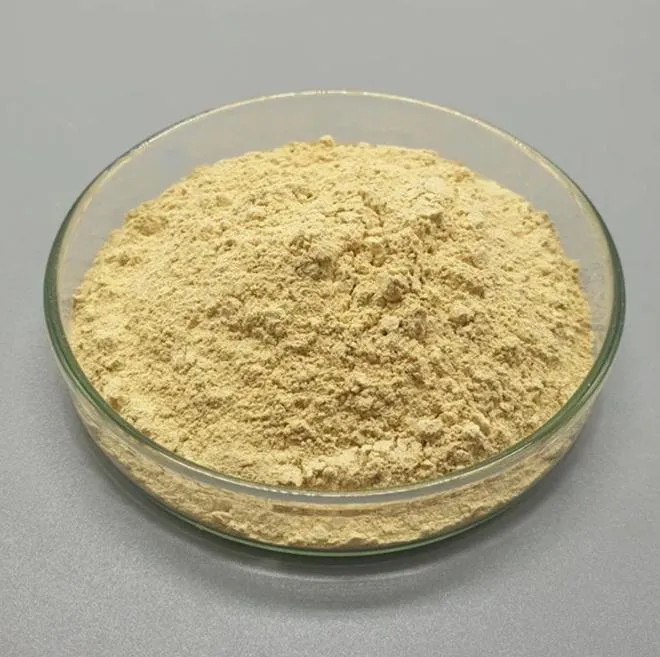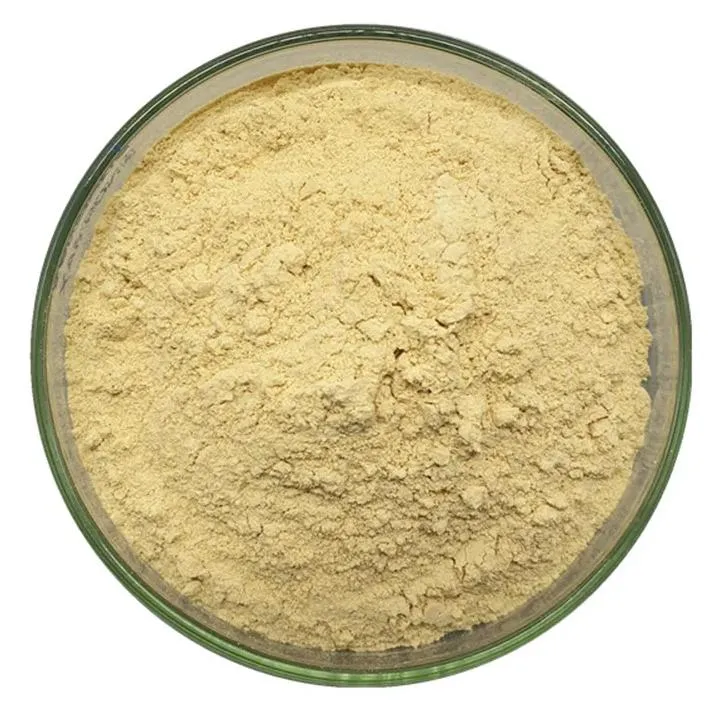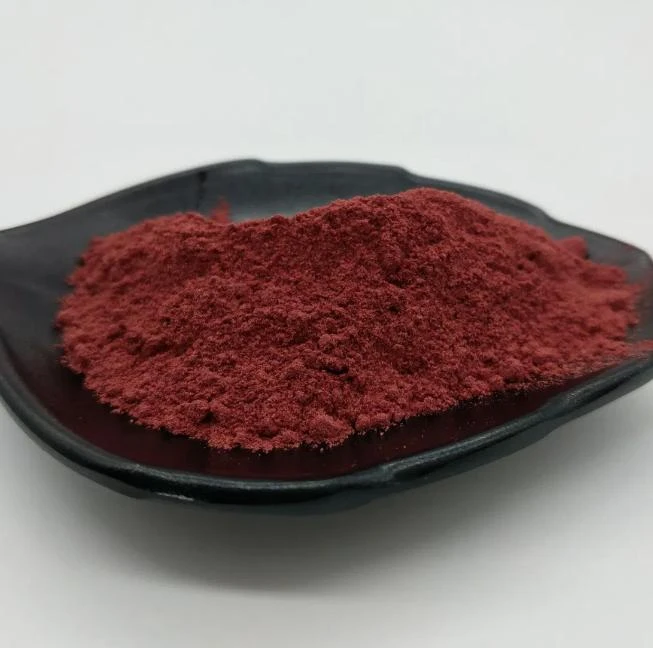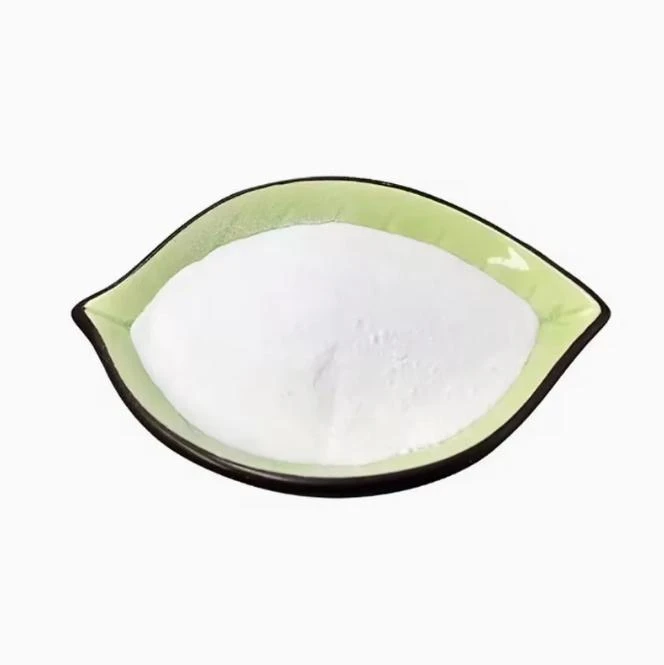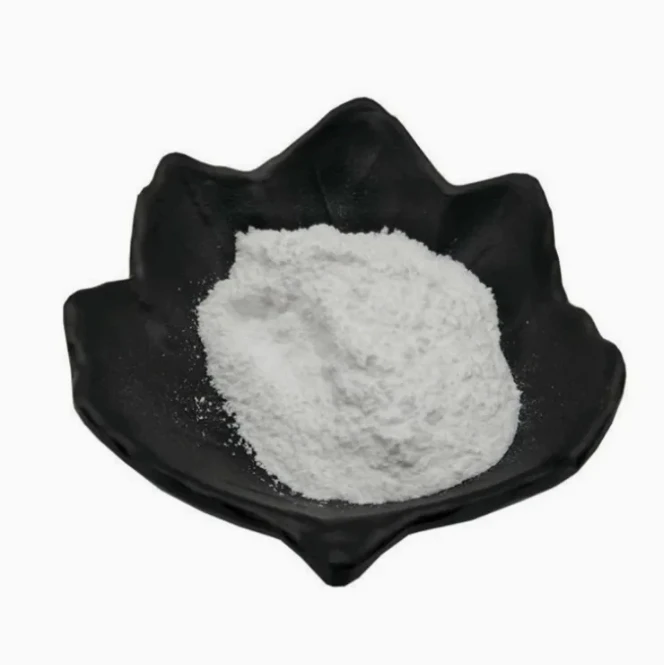Warning: Undefined array key "file" in /home/www/wwwroot/HTML/www.exportstart.com/wp-content/themes/1198/header.php on line 7
Warning: Undefined array key "title" in /home/www/wwwroot/HTML/www.exportstart.com/wp-content/themes/1198/header.php on line 7
Warning: Undefined array key "title" in /home/www/wwwroot/HTML/www.exportstart.com/wp-content/themes/1198/header.php on line 7
- Awherika
- Albanian
- Amharic
- Arapi
- Arameni
- Azerbaijani
- Basque
- Belarusian
- Bengali
- Bosniana
- Bulgarian
- Katarana
- Cebuano
- Haina
- Haina (Taiwan)
- Korihika
- Koroatiana
- Czech
- Teniana
- Tatimana
- Ingarihi
- Esperanto
- Estonian
- Finnish
- Wīwī
- Frisian
- Kariri
- Georgian
- Tiamana
- Kariki
- Gujarati
- Haiti Creole
- hausa
- hawaii
- Hiperu
- Kao
- Miao
- Hungarian
- Tiorangi
- igbo
- Initonia
- Irish
- Itari
- Hapanihi
- Hawaana
- Kannada
- Kazakh
- Khmer
- Rwandan
- Koreana
- Kurdish
- Kyrgyz
- TB
- Latina
- Latvian
- Lithuanian
- Luxembourgish
- Makeronia
- Malgashi
- Malay
- Malayalam
- Marite
- Maori
- Mareti
- Mongolian
- Myanmar
- Nepali
- Norewai
- Norewai
- Occitan
- Pashto
- Pahia
- Porohia
- Potiti
- Punjabi
- Romanian
- Ruhia
- Hamoa
- Scottish Gaelic
- Serbian
- Ingarihi
- Shona
- Sindhi
- Sinhala
- Slovak
- Slovenian
- Somali
- Paniora
- Hatana
- Swahili
- Huitene
- Tagalog
- Tajik
- Tamil
- Tatara
- Telugu
- Thai
- Turkish
- Turkmen
- Iukereiniana
- Urdu
- Uighur
- Uzbek
- Vietnamese
- Welsh
- Awhina
- Yiddish
- Yoruba
- Zulu
O-Vanillin CAS 148-53-8
o-Vanillin, also known as 2-hydroxy-3-methoxybenzaldehyde, is an organic compound with a chemical formula of \(C_{8}H_{8}O_{3}\) and a molecular weight of 152.15. It is an isomer of vanillin and is a white to slightly yellow crystalline powder with an aroma similar to vanillin, but with its own unique flavor.
From the perspective of chemical composition, o-vanillin is composed of three elements: carbon (C), hydrogen (H), and oxygen (O). Its molecular structure contains a benzene ring, to which is connected an aldehyde group (-CHO), a hydroxyl group (-OH), and a methoxy group (\(-OCH_{3}\)). These functional groups determine its chemical properties and aroma characteristics.
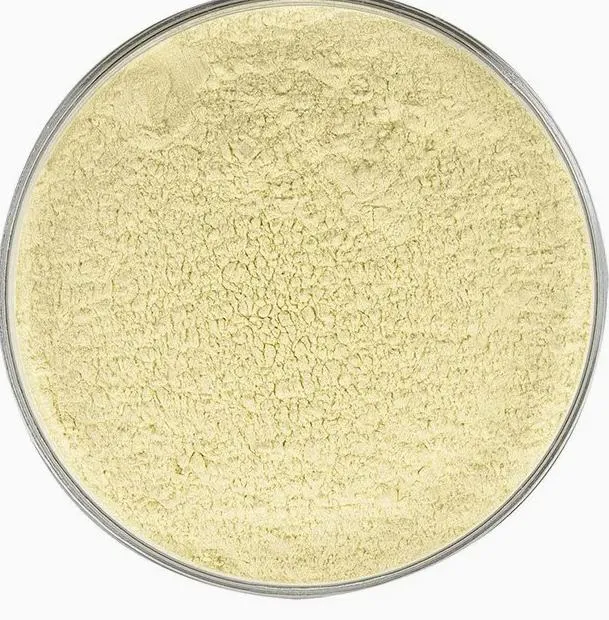
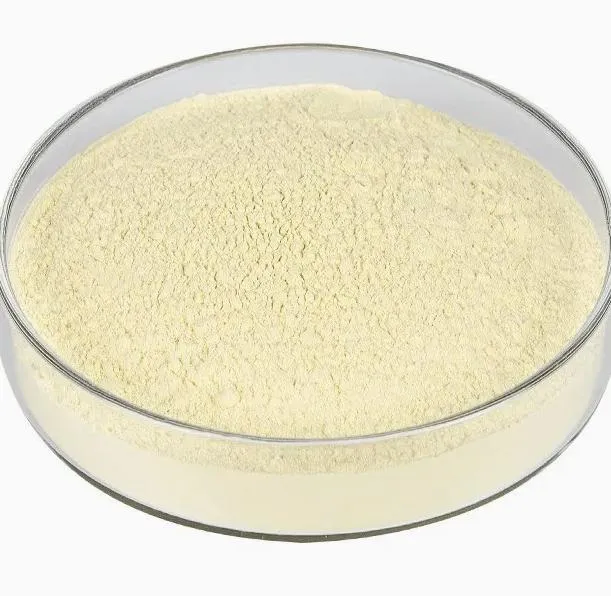
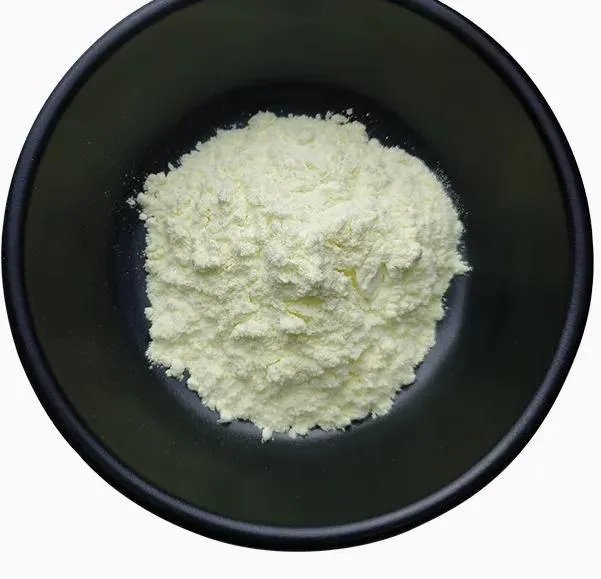
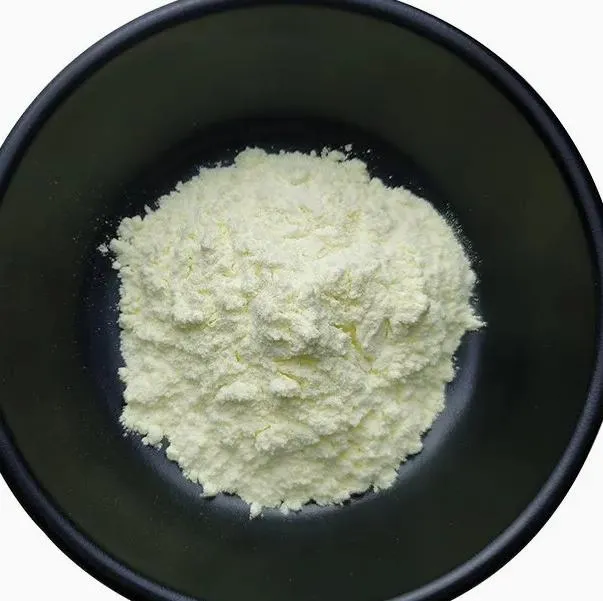
Spice industry: used to prepare various flavors, such as food flavors, daily chemical flavors, etc. In food flavors, it can be used in candies, baked goods, beverages, etc., giving the products unique aroma and flavor; in daily chemical flavors, it can be used in perfumes, detergents, skin care products, etc., adding unique fragrance to the products.
Organic synthesis: As an important organic synthesis intermediate, it can be used to synthesize compounds such as drugs, pesticides, dyes, etc. For example, it can be used to prepare drug intermediates with antibacterial, anti-inflammatory and other biological activities through a series of chemical reactions.
Electroplating industry: Adding o-vanillin to the electroplating solution can improve the quality and appearance of the electroplating layer, and improve the gloss and corrosion resistance of the electroplating layer.
Analytical reagents: It can be used as an analytical reagent for qualitative and quantitative analysis of certain compounds. For example, the characteristics of o-vanillin forming complexes with certain metal ions can be used to detect and determine the content of metal ions in the solution.
He maha nga wheketere kounga teitei me te mahi tahi, ka taea e koe te whakarato i nga hua o te kounga teitei me nga utu whakataetae. Ka taea hoki e matou te tuku utu mo nga hokonga nui.A ka mahi tahi matou me te maha o nga kamupene kawe utanga ngaio, ka taea te tuku hua ma te humarie me te pai ki o ringaringa. Ko te wa tuku mo nga ra 3-20 i muri i te whakapumautanga o te utu.




| Molecular Formula | C8H8O3 |
| Molar Mass | 152.15 |
| Density | 1.2143 (rough estimate) |
| Iwi Whakarewa | 40-42 °C (lit.) |
| Boling Point | 265-266 °C (lit.) |
| Flash Point | >230°F |
| Wairewa wai | slightly soluble |
| Solubility | Slightly soluble in water. |
| Vapor Presure | 0.00556mmHg at 25°C |
| Te ahua | Yellow crystal |
| Color | Pale yellow to brown |
| BRN | 471913 |
| pKa | pK1:7.912 (25°C) |
| Storage Condition | Store below +30°C. |
| Te pumau | Hygroscopic |
| Sensitive | Air Sensitive |
| Refractive Index | 1.4945 (estimate) |
| MDL | MFCD00003322 |
| Whakamahi | Used as pharmaceutical intermediates, is an important starting material for the synthesis of a variety of raw materials and spices |

1. He wheketere koe, he kamupene hokohoko ranei?
He kamupene matou e whakauru ana i te ahumahi me te hokohoko, e whakarato ana i te ratonga kotahi-mutu. Ka taea e OEM te whakaae.
2. Kei te whakarato koe i nga tauira? He kore utu, he taapiri ranei?
Ko nga tauira kore utu.Ko te utu utauta a te tauira me utu e to taha.
3. Kei a koe etahi tiwhikete e pa ana ki te mana kounga?
ISO 9001: Tiwhikete 2008 hei whakarite i te kounga.
4. He aha te mea me whakarato e au ki te tiki korero?
Pls whakamohio mai ki a matou mo te momo hua e hiahiatia ana e koe, te rahinga ota, te wahitau me nga whakaritenga motuhake.Ka mahia te korero mo to tohutoro i te waa.
5. He aha te ahua o te tikanga utu e pai ana koe? He aha nga momo tikanga e whakaaetia ana?
Nga Tikanga Tukunga Whakaaetia: FOB,CFR,CIF,EXW;
Moni Utu Whakaaetia:USD;
Accepted Payment Type: T/T,Western Union; Paypal,BTC
Te Reo Korero:Maori.
Nga waahanga hua
-
 May . 13, 20252025 European Fine Chemicals Exhibition in GermanyThe much-anticipated Fine Chemicals Europe 2025 will be held in Germany from June 4 to 5, 2025. The event will bring together industry leaders, innovators and stakeholders in the fine chemicals sector, providing a unique platform for networking, collaboration and showcasing the latest advances in the field.
May . 13, 20252025 European Fine Chemicals Exhibition in GermanyThe much-anticipated Fine Chemicals Europe 2025 will be held in Germany from June 4 to 5, 2025. The event will bring together industry leaders, innovators and stakeholders in the fine chemicals sector, providing a unique platform for networking, collaboration and showcasing the latest advances in the field. -
 May . 07, 20252025 New York Cosmetics Ingredients ExhibitionThe much-anticipated 2025 Cosmetics Ingredients New York will be held at the Javits Center in New York from June 3 to 4, 2025. This event will bring together industry leaders, innovators and enthusiasts from all over the world to discuss the latest trends and advances in the field of cosmetic ingredients.
May . 07, 20252025 New York Cosmetics Ingredients ExhibitionThe much-anticipated 2025 Cosmetics Ingredients New York will be held at the Javits Center in New York from June 3 to 4, 2025. This event will bring together industry leaders, innovators and enthusiasts from all over the world to discuss the latest trends and advances in the field of cosmetic ingredients. -
 Apr . 27, 2025Zibo will host the 2025 International Chemical ExpoZibo, a city known for its thriving chemical industry, will host the 2025 Zibo International Chemical Expo from May 16 to May 18, 2025. This highly anticipated event aims to bring together industry leaders, innovators and stakeholders from around the world to explore the latest advancements and trends in the chemical industry.
Apr . 27, 2025Zibo will host the 2025 International Chemical ExpoZibo, a city known for its thriving chemical industry, will host the 2025 Zibo International Chemical Expo from May 16 to May 18, 2025. This highly anticipated event aims to bring together industry leaders, innovators and stakeholders from around the world to explore the latest advancements and trends in the chemical industry.


